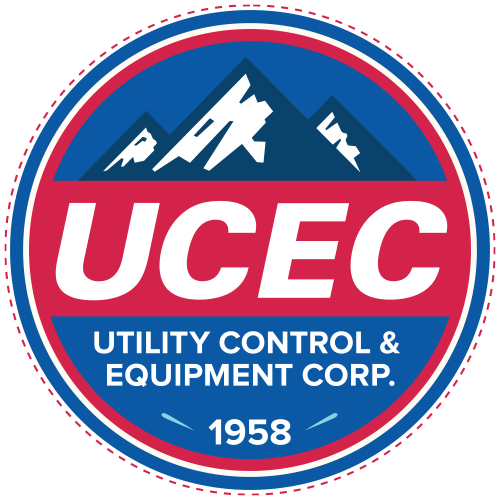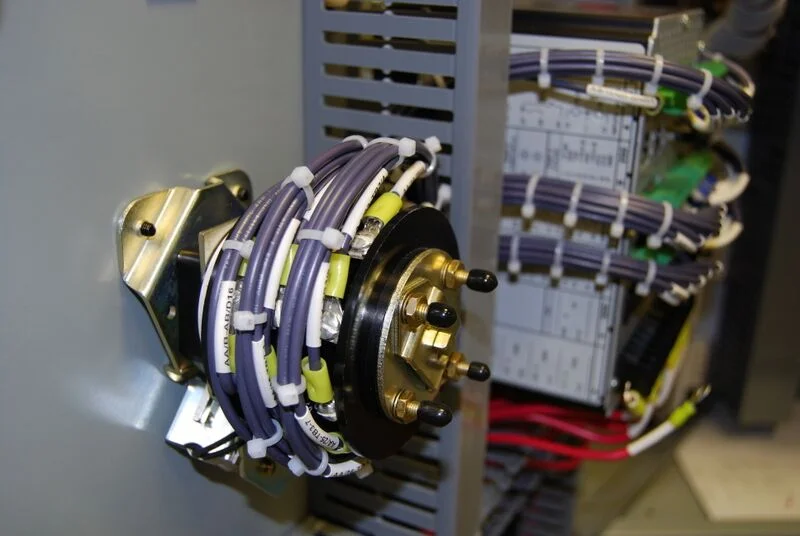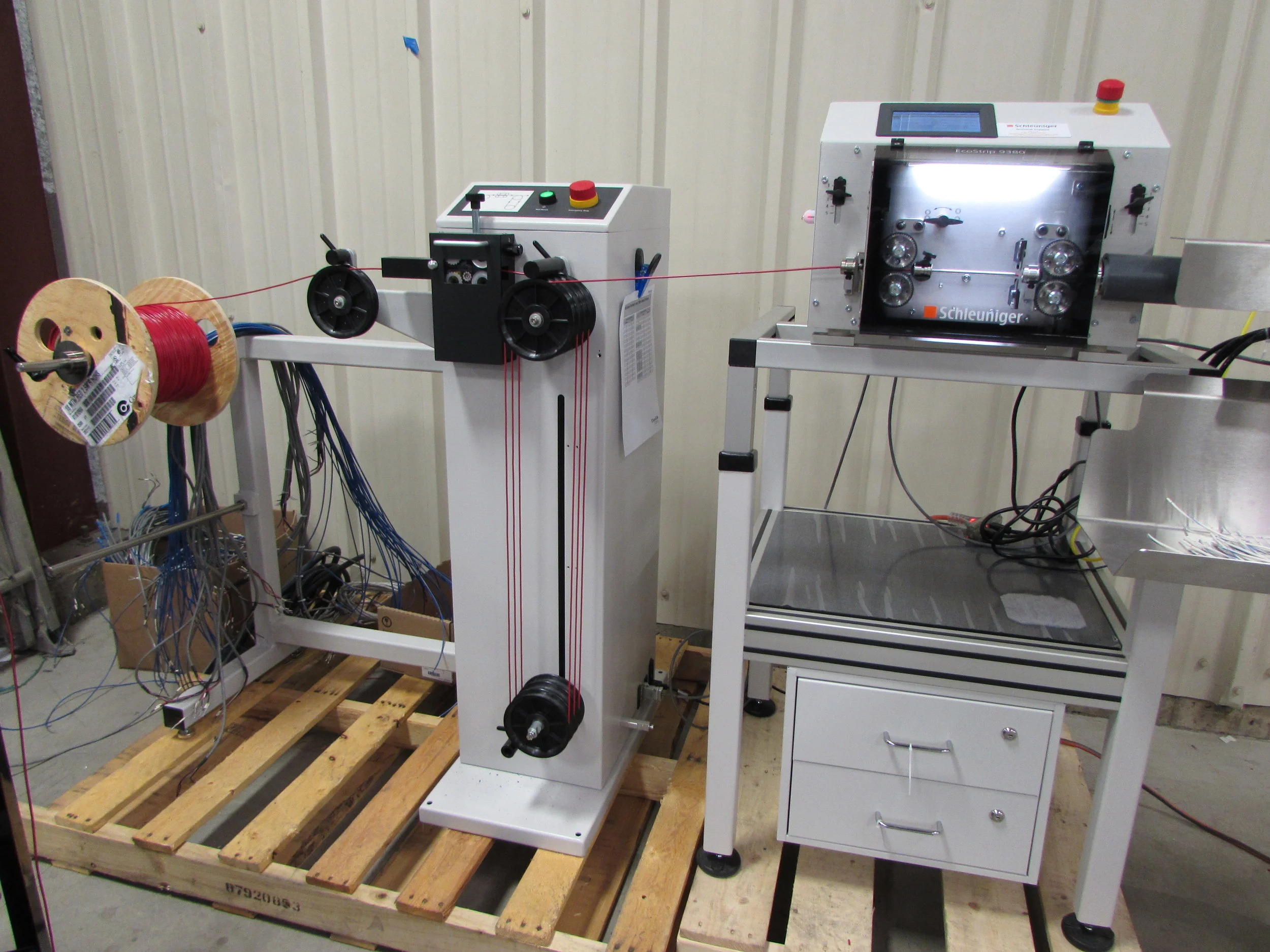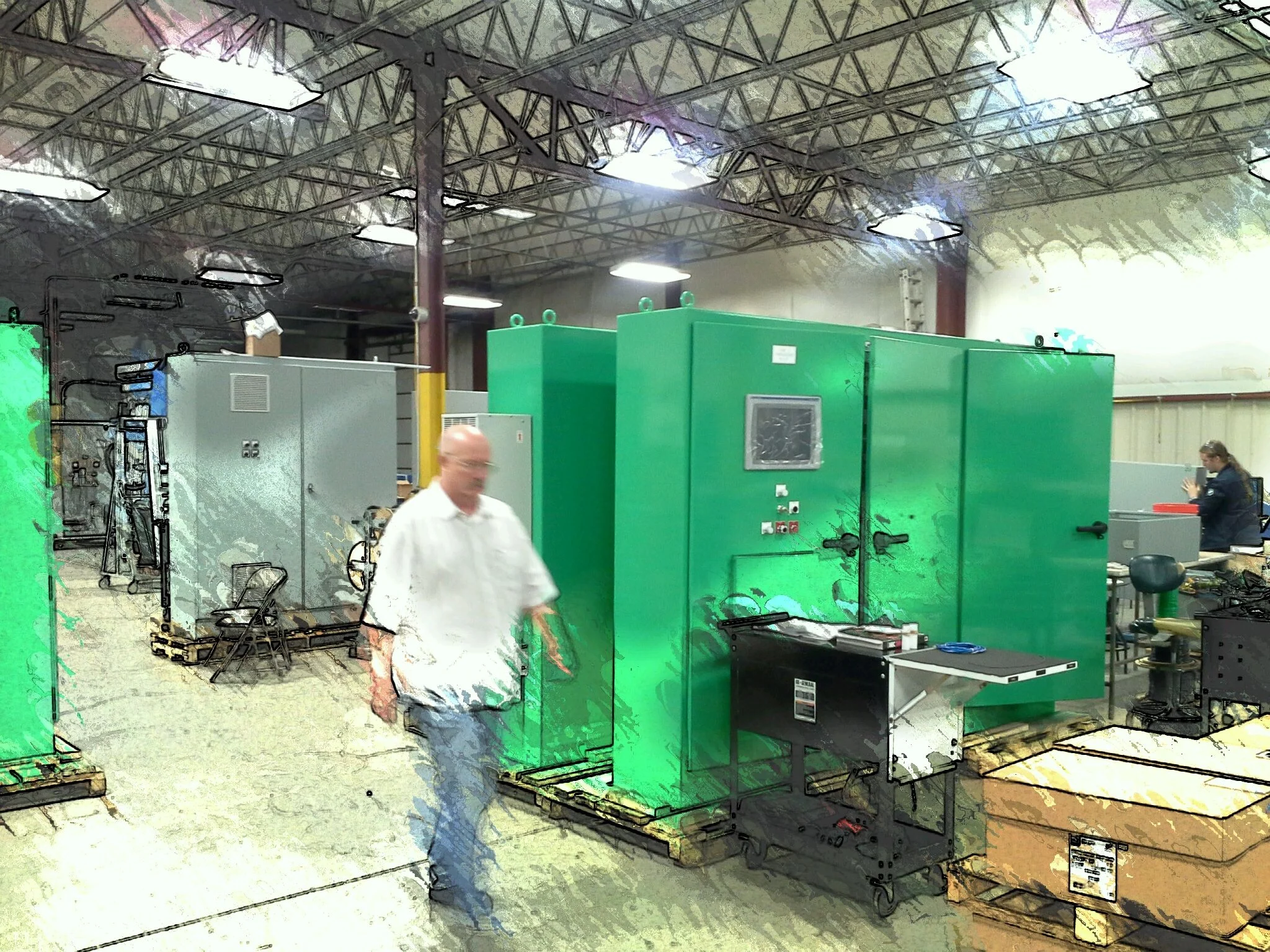How UCEC Electrical Control Panels Prevent Downtime
By Garrod Massey
Garrod Massey
Our hand-crafted electrical control panels are created with extreme attention to detail and represent the sum of decades of professional experience. Our panels look incredibly good and they are priced fairly.
But none of that matters if the panel electronics we build fail once placed within harsh and unforgiving environments.
One major focus for UCEC is to prevent component and system downtime within the panel. The root cause of failures are primarily linked to heat exposure and/or moisture. These electronic failures happen when the panel and its components are exposed to elements they were not designed to be in.
The Panel Environment
When we get a quote, we look at the schematics and ask the question: Where is the panel going? We just did a job where the panels were going to be mounted to poles up in the mountains. Another job was headed to the hot and humid state of Texas.
Once we know where the panel is going, we consider the heat situation. Will the panel be in direct sunlight? If so, we can change the paint color. If we paint the panel white instead of gray, we can reduce the inside temperature by around 12 percent. Is the panel exposed to heat from all sides? Since panels have six sides, there are six points of heat transfer. If a panel is placed on the floor and up against a wall, the panel has only four points of heat transfer, thus reducing internal temperatures.
Heat, Altitude and Cooling
Other questions we ask: How many cubic feet of air space are within the panel? This is very important because most electronics are designed to be air cooled. More open space means more air to whisk away heat.
What is the elevation where the panel is being installed? Electronics are generally not designed to be installed over a mile high. Air density is greatly reduced at higher elevations, thus heat won't dissipate as effectively. Most importantly, how much heat will the electronics produce? Unfortunately, electronics aren't 100 percent efficient, so they release energy by way of heat. This is called Heat Load. Our team must calculate the total heat load, while including all of the factors from above so we can choose the most cost-effective way to reduce temperatures to safe levels.
For very hot conditions, we might suggest an AC unit or heat exchanger to bring the internal panel temps down within the operating range of the components. Some panels get AC and heating units because of their location’s extreme temperature swings.
What about cold? With frigid environments, we consider the minimum operating temperatures. Low temperatures can also cause component failure. In those cases, we’ll install some sort of heating unit. Humidity is a factor, too! We might have to install a dehumidifier to reduce moisture inside the panel.
We get creative with preventing downtime. One project recently received aluminum plating that was installed on the exterior of the panel. The hot Texas sun will beat down on the plates covering the panel (that will be mounted to a transmission line) and keep the interior cooler.
Ingress Protection
On a final note (and this could be a blog post on its own!), we carefully consider the enclosure environmental (NEMA) type when building our panels. Ingress protection specifications are based on the various unwanted substances you want to keep out: high pressure water, rain, mud, dust, sleet, snow, vapors, fibers. There are even stainless steel options for corrosive or caustic environments. Those installations include oil and gas platforms and H2S systems.
When we build a panel, we want it to be installed and we want it to work for 50 years. We are trying to build panels that will stand the test of time.
Garrod is an Operations Support Manager for UCEC.











There are seven people on our Quoting Team, and between us, we have 140 years of experience! That’s a lot of panels over the years. Even with all of this experience, when a quote comes into UCEC, we approach it like a team. We know our customers need their quotes back quickly.